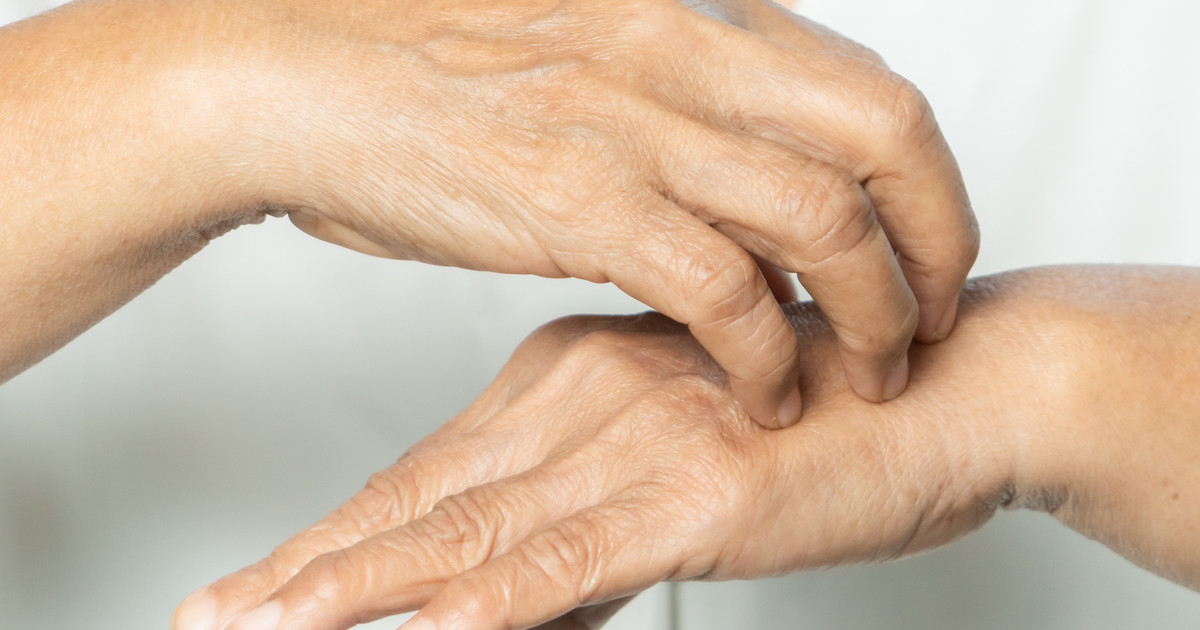Guide To The Risk Factors For Keratosis Pilaris
Keratosis pilaris is a common skin condition that causes small bumps and dry patches to form on the skin. Thankfully, the bumps and dry patches are typically harmless and do not cause other side effects. They are, however, irritating to deal with and compromise the appearance of a patient's skin. It is most common to spot keratosis pilaris on the arms, legs, and face. This condition occurs due to an excessive buildup of keratin in the skin. Keratin is an essential protein that protects the skin and hair follicles from infections when delivered in the right quantities.
Patients will often seek keratosis pilaris treatment. In many cases, they will apply moisturizing lotion for keratosis pilaris. Other options include using retinol or getting a glycolic acid peel for keratosis pilaris. Other chemical peels for keratosis pilaris are also options. Certain patients may try keratosis pilaris laser treatment. However, treatment for keratosis pilaris can change based on the patient's risk factors, which is why understanding them is vital.
Eczema

Eczema causes painful and itchy rashes to develop on the skin. The rashes can also crack, swell, and fill with pus if they are left untreated for an extended period. Unfortunately, the precise cause of eczema is not currently known. However, many eczema patients will develop keratosis pilaris at some point in their life. Their skin is already compromised, which is why they are at a higher risk. Since keratosis pilaris does not cause adverse side effects, it can go unnoticed for weeks. Patients should treat painful and itchy skin rashes promptly. This should be enough to clean up other symptoms caused by the keratosis pilaris.
Continue reading to learn more about what conditions increase an individual's risk of keratosis pilaris now.
Hay Fever

Hay fever, which is also called allergic rhinitis, occurs when an individual's body has an allergic reaction to an allergen in the air. Typically, the allergen is pollen in the air. The most common symptoms of hay fever that patients experience include nasal congestion, sneezing, watery eyes, sinus pressure, and a runny nose. Hay fever is also one of the primary risk factors for keratosis pilaris. The exact reason for this increased risk is not known. However, experts believe that it is most likely due to the patient's body trying to fight off the allergens that triggered hay fever. The body naturally starts to produce extra keratin to protect the skin during this time. Ultimately, this leads to the development of keratosis pilaris.
Get more information on the risk factors for keratosis pilaris now.
